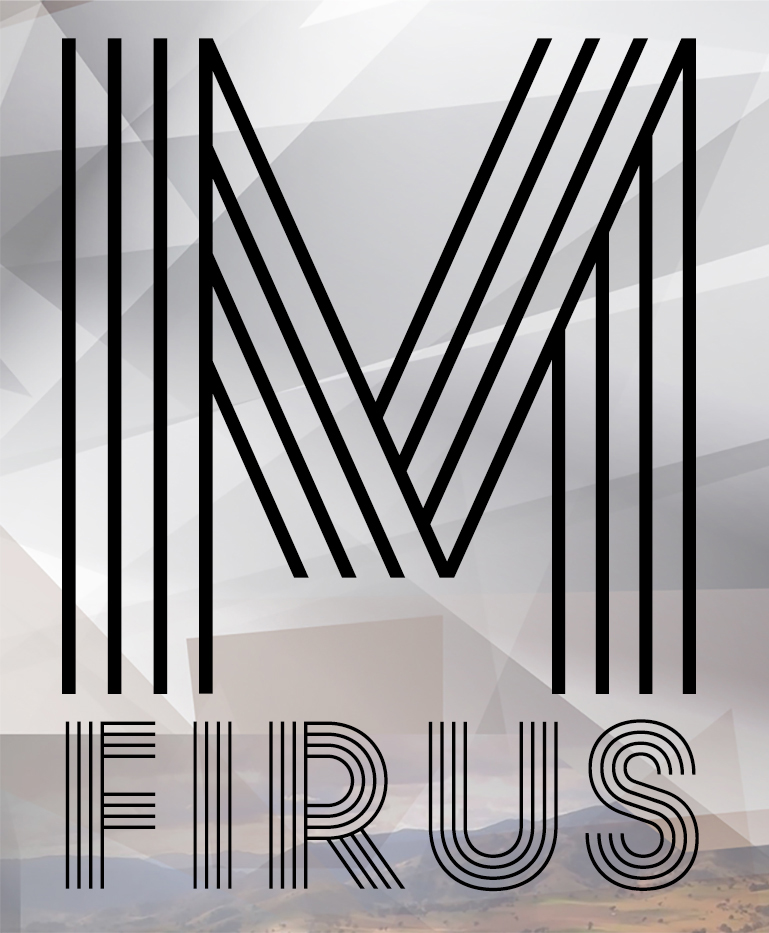Sound affects (not effects)
When someone has the same notification tone as you do, we all occasionally experience a split second where it seems that it must be us getting an unexpected message. Some of us are even on the way to checking the screen before realize that we aren’t quite that popular. This first-world problem intensifies with the case of the Facebook messenger notification, which is not customizable. When we hear certain sounds we have reactions to those sounds. These reactions are both on a learnt and personal level…
and an innate primeval level. The shock you feel after experiencing a loud noise is an innate reflex to a potentially dangerous stimulus – getting you ready to fight or flee. These reactions to sound are involuntary and act as self-preservation measures. Sounds can also be components of memories. The sounds of your home are forever associated with the period in which you lived there. This could include how a certain door squeaks or the sound your fly screen makes when shut.
Sounds can also take on cultural significance. For centuries, the bell towers of Europe told the time of day to millions of people. Bell towers were the mass media of the day. And now the chime of a bell is synonymous with time keeping.
Music, the pinnacle of sound manipulation is very effective at evoking emotion and meaning through these basic components:
Pitch -how high or low a sound seems
Timbre – uniqueness of the sound color and character
Harmonics – range of frequencies of the sound
Loudness- decibels
These components within composition create the melancholy of Chopin’s Nocturnes and the exuberance of Vivaldi’s four seasons.
All third party images acquired royalty free from Graphicstock.com
